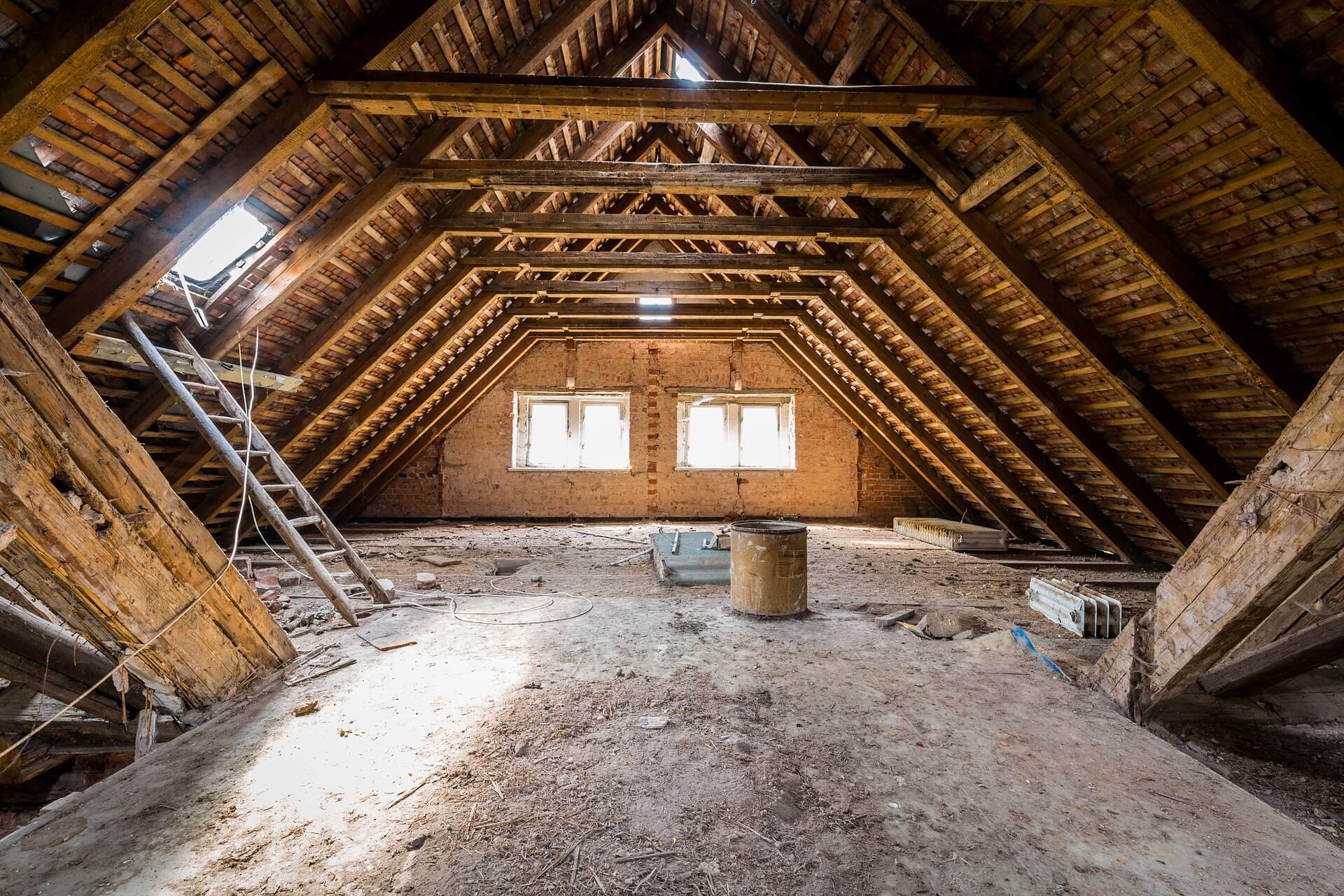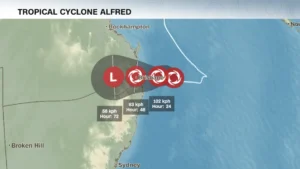Homeowners in hurricane-prone areas are all too familiar with the damage these powerful storms can cause. From ripped off roofs to shattered windows, a hurricane can leave behind a devastating mess. But there are steps homeowners can take to minimize hurricane damage. One important measure is getting a wind mitigation inspection.
What is a Wind Mitigation Inspection?
A wind mitigation inspection examines a home’s structure and building features to determine how well it could withstand hurricane-force winds. The inspection looks at things like the roof covering, roof-to-wall connections, opening protections like storm shutters, and the overall structural integrity.
The inspector will check that construction meets the wind resistance standards outlined in the building code. Any weaknesses or issues found during the inspection can then be addressed to reinforce the home.
Why are Wind Mitigation Inspections Important?
There are several reasons why homeowners should consider getting a wind mitigation inspection:
Can lead to insurance discounts
One of the biggest incentives for getting an inspection is that it can qualify you for discounts on hurricane insurance premiums. Insurance companies look favorably on homes that have features to mitigate wind damage.
The inspection report provides documentation on the home’s wind resistance that insurers can use to give policy discounts. Common discounts are usually around 30% but can sometimes be as high as 70% of the overall premium.
For homeowners in hurricane-prone coastal areas, these insurance savings can really add up. Over the course of several years, they could potentially offset the costs of inspection fees, hurricane clips, or other expenses incurred to harden the home.
Identify vulnerabilities
A wind mitigation inspection will pinpoint areas of the home vulnerable to hurricane damage. The inspector will determine if the roof covering meets wind resistance standards, if roof deck attachment is sufficient, and if roof-to-wall connections will hold.
Other vulnerabilities like unprotected windows and doors will also be identified. Homeowners can then take steps to upgrade these structural weaknesses. This might involve adding hurricane clips, reinforcing roof-to-wall connections, or installing impact-resistant windows.
Strengthening a home’s weak points goes a long way in reducing potential wind damage. When a hurricane hits, mitigated homes see less destruction than those that haven’t been retrofitted.
Ensure the home meets building codes
Coastal communities enforce stringent building codes so that new construction can withstand hurricane-force winds. Homes permitted after a certain year are built to stricter standards.
A wind mitigation inspection checks that an existing home meets the wind resistance requirements outlined in the building code. Homeowners will have documentation that their house was properly constructed per code.
This gives confidence that the home has a reduced risk of wind damage. It also verifies proper construction for the purposes of qualifying for insurance discounts.
Higher resale value
A home inspection report showing wind mitigation features can increase resale value. When you go to sell your mitigated home, the documentation helps provide assurance to potential buyers.
Knowing the home meets wind resistance standards gives buyers confidence it will hold up well in a hurricane. The inspection report also means the new owners can likely qualify for the same insurance discounts. These factors make a mitigated home more attractive to buyers.
What Does the Inspection Cover?
A licensed inspector performs a thorough evaluation both inside and outside the home. The major focus areas include:
Roof and attic
A wind mitigation inspection pays special attention to the roof, since this area often sustains the most hurricane damage. Inspectors will:
- Check if the roof covering (shingles, tiles, metal) meets impact standards outlined in the building code. This involves looking at the condition, age, and likelihood it will perform well in high winds.
- Evaluate how well the roof deck is attached to rafters below. Proper fastening is crucial to maintain roof integrity.
- Assess roof-to-wall connections. Hurricane clips provide a structural tie between the roof and walls. Inspectors will check for these clips and confirm they are properly installed.
- Document the condition of soffits, fascia, flashing, and vents. Vulnerabilities here make it easier for wind and rain to infiltrate the roof.
- Look for gable-end bracing in the attic. This provides critical support to the end walls of the attic space.
Openings
Doors, windows, garage doors and any other openings are also examined. The inspector notes if these openings are protected by impact-resistant coverings like storm shutters. Unprotected openings are vulnerable to wind pressure as well as flying debris that act like projectiles in a hurricane.
Structure
The overall structure is evaluated as well. This includes connections between walls, floors, columns and foundations. Tie-downs between structural members are important to maintain stability in high winds. Any weaknesses or separations allow damaging forces to tear sections apart.
Other vulnerabilities
Additional areas an inspector may examine include:
- Masonry chimneys (should be well braced)
- Gable-end construction
- Exterior siding and connections
- Patio covers and porches
What is Included in the Inspection Report?
The inspector documents all their findings in a wind mitigation inspection report. This report includes:
- A description of each component inspected – the roof, windows, structural connections, etc.
- Details on the methods used to evaluate each area and what was specifically examined
- The condition of all components and features related to wind resistance
- List of any vulnerabilities found
- Documentation of meeting code requirements
- Photos showing important elements like roof condition and structural connections
- Reference to the building code used to evaluate the structure
- Summary of the home’s overall wind resilience
The report provides documentation of the home’s resistance to wind damage that can then be submitted to insurance companies. It may also include recommendations on areas to improve if vulnerabilities were identified.
How to Prepare for the Inspection
Homeowners can take a few steps to prepare for the inspector’s visit:
- Clear access to the attic – Make sure the attic entrance is open and no items block access. The inspector will need to thoroughly examine the space to evaluate roof deck fastening, bracing and more.
- Trim back vegetation – Trees or bushes touching the home can obscure the exterior. Trim back any landscaping so the inspector has open access to visually examine the entire structure.
- Have permits or mitigation documents ready – Any permits, mitigation certificates or other paperwork related to wind resistance upgrades should be gathered. These validate previous hardening measures.
- Be present during the inspection – It’s helpful for the homeowner to be present to answer questions or provide access if needed. Discuss any known roof leaks, structural issues or other concerns with the inspector.
The inspection usually takes several hours depending on the home’s size. Afterwards, homeowners receive a comprehensive report documenting the structure’s resilience to wind events.
When Should Wind Mitigation Inspections Occur?
Wind mitigation inspections are recommended in several situations:
Before hurricane season
Scheduling an inspection in advance of hurricane season allows time to address any vulnerabilities found. The report can also be submitted to insurance companies to qualify for discounts on upcoming policy renewals.
After hurricane damage
Following a storm, an updated inspection should occur even if one was performed previously. The powerful winds may have created new weaknesses that require repair.
Upon home purchase
Buyers in hurricane zones should consider getting an inspection before purchase to understand the home’s ability to withstand storms. It also provides documentation to submit for insurance discounts.
When applying for permits
Local permitting offices may require an inspection report when applying for renovation permits. This ensures any construction meets wind resistance standards.
Every 3-5 years
Wind mitigation features can degrade over time. Roof coverings become fragile, opening protections loosen, and fasteners corrode. Getting re-inspected every few years catches any new issues.
Regular inspections give homeowners assurance their house remains resilient between major storms. They also provide up-to-date documentation should discounts need verifying or if the home is being sold.
Who Performs Wind Mitigation Inspections?
Wind mitigation inspections must be performed by specially trained inspectors. Look for inspectors that have the following credentials:
- Licensed home inspector – They must hold an active home inspection license in your state. This ensures fundamental inspection knowledge and adherence to standards.
- Wind mitigation certification – Specialized certification proves advanced training in evaluating wind resistance. Common certifications are from the International Code Council (ICC) and other approved programs.
- Familiarity with local conditions – Preferably the inspector has extensive experience in your region and knows the typical structural vulnerabilities. They understand what insurance companies look for in your area.
Reputable inspectors stay up-to-date on evolving wind codes and have relationships with insurers. Their reports are recognized and trusted when homeowners submit for discounts.
How Much Does Wind Mitigation Inspection Cost?
The cost for a professional wind mitigation inspection ranges from $300-$500 on average based on the home’s location and size. However, the investment can pay for itself through insurance savings and peace of mind knowing your home’s vulnerabilities.
Factor in potential discounts when weighing the value of an inspection. For example, if the inspection qualifies you for 20% savings on a $2000 annual premium, that’s $400 in savings every year. Over a few years, the cost of the initial inspection could be offset through insurance reductions alone.
Some insurers may even offer reimbursement of inspection fees or credits toward your premium when you have the inspection completed. Check with individual carriers on incentives they offer for proactive wind mitigation inspections.
Limitations of Wind Mitigation Inspections
While inspections provide useful information on a home’s resilience, there are some limitations to be aware of:
- Results are based primarily on visual examination, not destructive testing. Inspectors cannot remove siding or dismantle structures to validate connections. There are limitations to what they can access.
- Wind mitigation features degrade over time. The inspection offers a snapshot of the home’s resilience at that moment. Conditions can change going forward.
- Not all vulnerabilities may be identified, especially if they are concealed or inaccessible. Unexpected issues could emerge in an actual storm.
- Homes meeting code minimums may still sustain damage in extreme wind events. Building codes continue advancing, so newer homes are designed to even higher standards.
Even with these limitations, wind mitigation inspections still provide valuable information to guide homeowner’s hurricane preparedness. But also have reasonable expectations on what protections an inspection alone can offer.
Partner with a Wind Mitigation Expert
Hurricane-prone regions demand proactive preparation. Homeowners should consider wind mitigation inspections as part of their overall hurricane preparedness plan. An inspection can benefit your home through:
- Verifying structural integrity to code standards
- Identifying vulnerabilities for repair
- Qualifying for insurance premium discounts
- Increasing resale value
Partner with a trusted local wind mitigation inspector that works regularly with insurers in your area. Their expertise ensures you get the full value from the inspection. A few hundred dollars today is a wise investment compared to the devastation hurricanes can bring.
Protect your home and provide peace of mind by scheduling a wind mitigation inspection from a qualified professional. Minor upgrades now can save you major headaches and expenses down the road.







